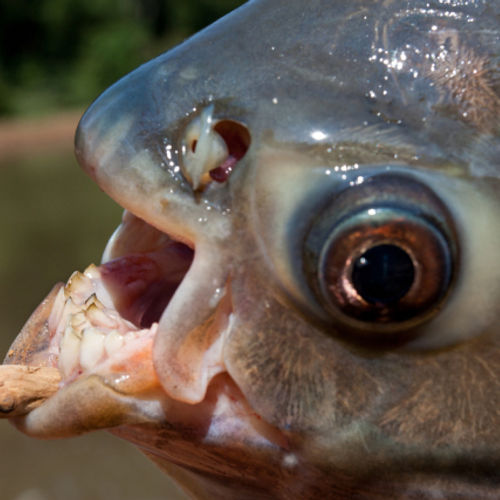
| Added | Fri, 10/11/2023 |
| Источники | |
| Дата публикации | Fri, 10/11/2023
|
| Версии |
The journal Cell reports that molecular biologists from China have successfully grown a chimeric variety of primate for the first time, using two sets of pluripotent stem cells for this purpose. This is the name of a special subtype of stem cells that are closest in properties to those corpuscles that appear inside the embryo in the first phases of its development.
Biologists have grown nine different lines of stem cells of crab-eating macaques, and also embedded in their DNA a set of genes that caused these cells to produce a fluorescent glow. After that, the scientists injected these cells into seven-day-old embryos, which were grown from embryonic stem cells of other individuals of this primate species, and implanted them into the body of several surrogate mothers.
Observations and experiments helped specialists to develop such a protocol for growing, activating and injecting stem cells, which led to the successful embedding of these bodies into germ tissues.
As a result, the researchers obtained six healthy “chimeric” crab-eating macaque cubs, whose body tissues consisted of about 67% of the glowing descendants of modified stem cells.
Such cells, according to scientists, were in all 26 tissues of the body of young monkeys, which scientists were able to study. This indicates that pluripotent stem cells can transform into any adult primate body tissue.
Новости со схожими версиями
Log in or register to post comments









